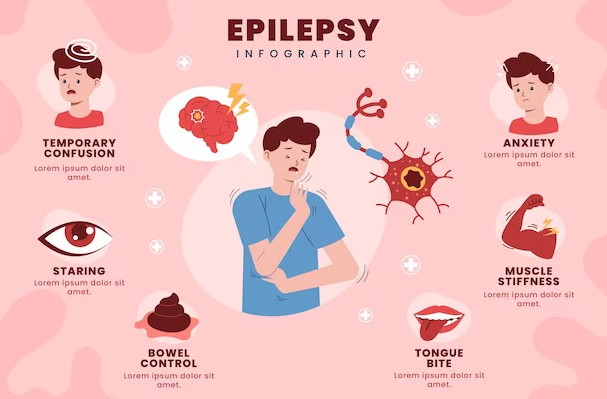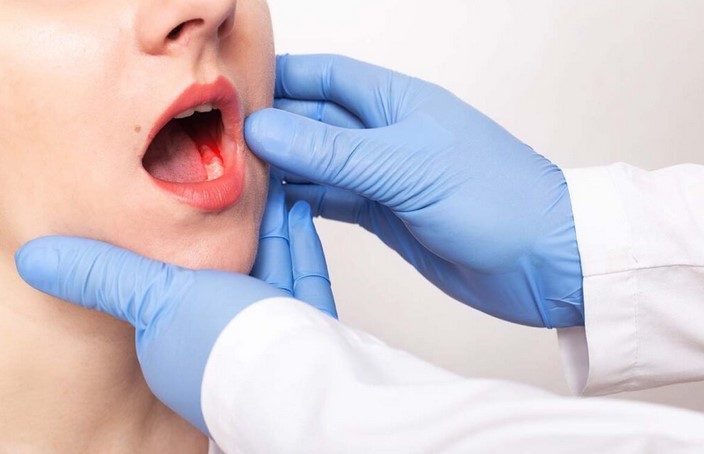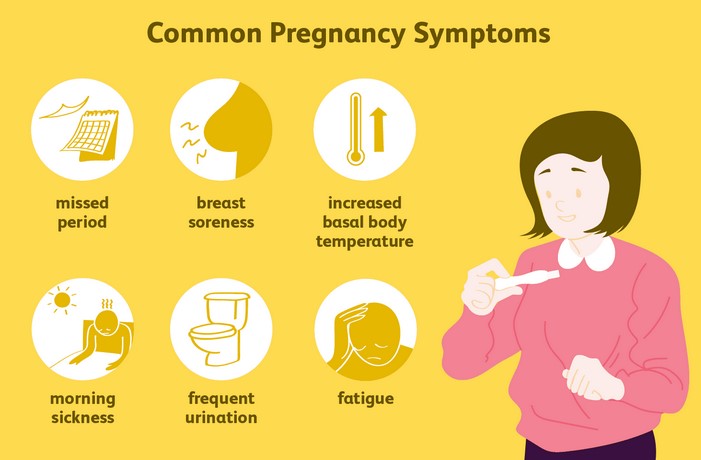Adolescence is a critical stage of development that brings significant physical, emotional, and social changes. Promoting teen health awareness is essential to ensure that teenagers develop healthy habits that can last a lifetime. Awareness about nutrition, physical activity, mental health, and lifestyle choices helps teens make informed decisions, build resilience, and navigate the challenges of growing up. This article explores practical strategies for supporting teen health, including preventive measures, guidance for parents and caregivers, and tips for creating a healthy environment that encourages overall well-being.
Understanding the Importance of Teen Health
Teenagers experience rapid growth and hormonal changes that can affect every aspect of their health. Physical development, brain maturation, and emotional changes occur simultaneously, making adolescence a unique and sometimes challenging period. Without proper guidance and education, teens are at increased risk of developing unhealthy habits, mental health issues, or chronic conditions later in life.
Key Areas of Teen Health
- Nutrition
Adolescents have high energy and nutrient needs due to growth spurts and increased activity levels. A balanced diet rich in fruits, vegetables, whole grains, lean proteins, and dairy supports healthy growth, bone development, and cognitive function. Limiting processed foods, sugary drinks, and excessive fast food is equally important to prevent obesity and related health problems. - Physical Activity
Regular exercise benefits both physical and mental health. Teens should aim for at least 60 minutes of moderate to vigorous physical activity daily. Activities like swimming, cycling, team sports, or even brisk walking help strengthen bones, muscles, and cardiovascular health while reducing stress and improving mood. - Sleep
Adequate sleep is essential for physical recovery, cognitive function, and emotional regulation. Teenagers typically need 8–10 hours of sleep per night, yet many struggle with irregular sleep patterns due to academic pressure, social activities, or excessive screen time. Encouraging consistent sleep routines can support overall health and academic performance. - Mental Health
Adolescence is often accompanied by emotional fluctuations, stress, and social pressures. Awareness of mental health issues such as anxiety, depression, and low self-esteem is crucial. Providing support, open communication, and access to mental health resources can help teens manage stress and develop resilience.
Strategies for Supporting Healthy Teens
Supporting teen health requires collaboration between parents, schools, healthcare providers, and the teens themselves. The following strategies can help create a supportive environment:
1. Open Communication
- Encourage teens to share their thoughts and feelings without fear of judgment.
- Listen actively and validate their experiences to build trust.
- Discuss topics such as nutrition, exercise, mental health, and peer pressure openly.
2. Healthy Lifestyle Modeling
- Parents and caregivers should model healthy behaviors such as balanced eating, regular exercise, and stress management.
- Teens are more likely to adopt habits they observe in their family environment.
3. Education and Skill-Building
- Provide age-appropriate education on nutrition, substance abuse prevention, sexual health, and emotional well-being.
- Teach practical skills like meal planning, time management, and coping strategies for stress.
4. Encourage Physical Activity and Hobbies
- Support participation in sports, dance, martial arts, or other activities that interest them.
- Encourage hobbies that stimulate creativity, problem-solving, and social interaction.
5. Promote Mental Health Awareness
- Normalize discussions about mental health and reduce stigma.
- Encourage mindfulness, journaling, or meditation as tools to manage stress.
- Recognize signs of distress and seek professional help when necessary.
6. Foster Social Connections
- Positive peer relationships are critical for adolescent development.
- Encourage healthy friendships, extracurricular participation, and community involvement.
- Monitor social media use and help teens navigate online interactions safely.
Preventive Measures and Healthcare Access
Routine healthcare is a cornerstone of teen health awareness. Regular medical check-ups, dental visits, and vision screenings help identify potential issues early. Vaccinations, including those for HPV, meningitis, and influenza, provide essential protection against preventable diseases. Additionally, discussing puberty, reproductive health, and safety practices equips teens with the knowledge to make informed decisions about their bodies.
Parents and caregivers should also stay informed about warning signs of serious health concerns, such as unexplained weight changes, persistent fatigue, mood swings, or risky behaviors. Early intervention is key to preventing long-term complications and promoting lifelong wellness.
Building a Supportive Environment
Creating an environment that promotes teen health goes beyond individual choices. Schools, communities, and families play a critical role in shaping behaviors. Healthy school lunches, safe recreational spaces, accessible mental health services, and programs that encourage physical activity all contribute to teen well-being. Community awareness campaigns and peer-led initiatives can further reinforce the importance of maintaining a healthy lifestyle during adolescence.
In conclusion, fostering teen health awareness is essential for helping adolescents navigate the complex physical, emotional, and social changes of this developmental stage. By promoting balanced nutrition, regular physical activity, adequate sleep, mental health support, and preventive healthcare, parents, caregivers, and communities can empower teens to adopt healthy habits that last a lifetime. Providing education, open communication, and a supportive environment ensures that teenagers have the resources and confidence needed to thrive both now and in the future.













